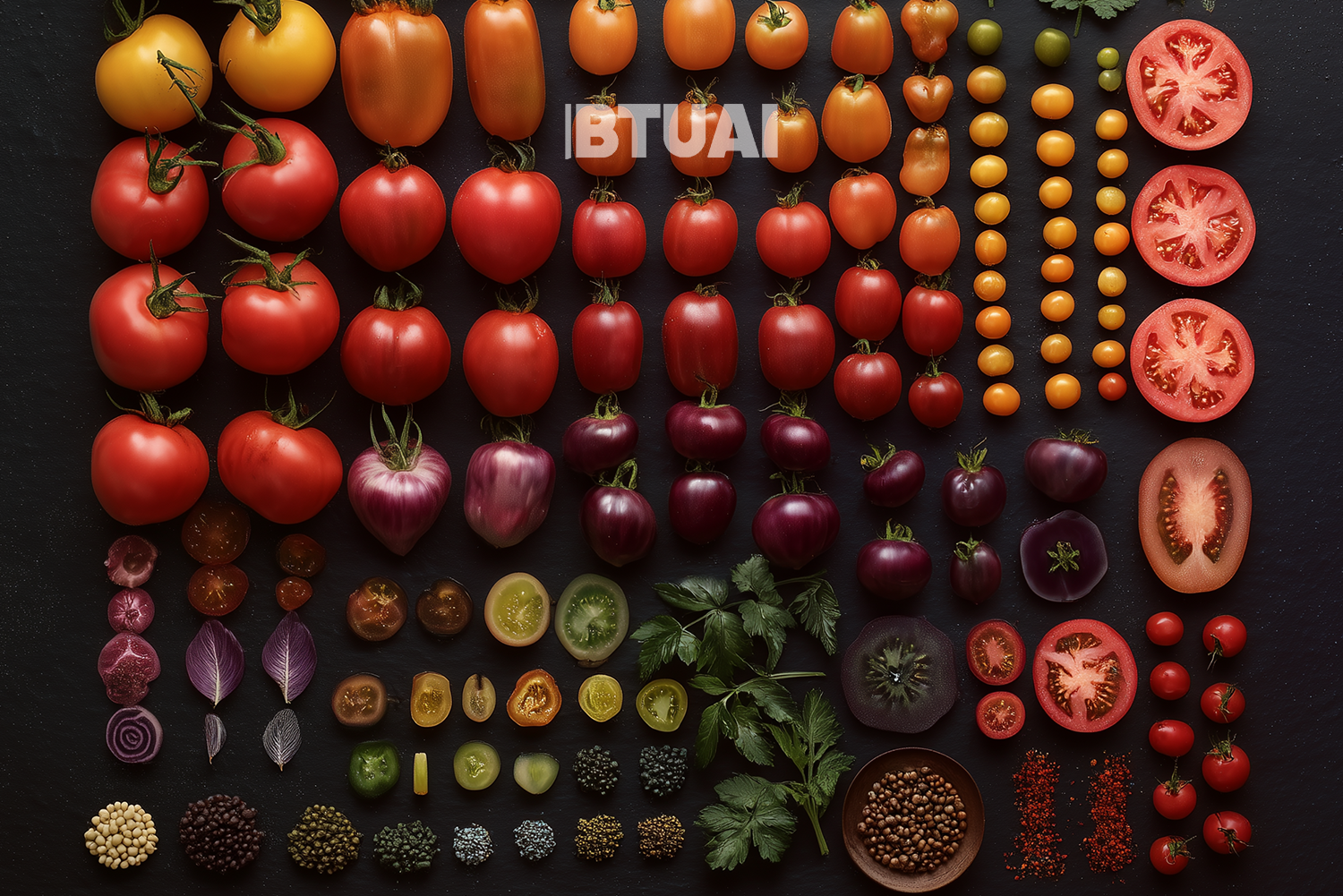Decline in Tomato Imports, Soaring Costs: Georgia’s Market Imbalance Deepens
Data from the first quarter of 2025 reveals an unusual and concerning dynamic in Georgia’s tomato market: although the

Data from the first quarter of 2025 reveals an unusual and concerning dynamic in Georgia’s tomato market: although the country slightly reduced the volume of imported tomatoes, the amount spent on those imports nearly doubled. This inefficiency highlights not only intensifying inflationary pressures, but also points to the need for serious scrutiny of agricultural and trade policies.
According to Geostat, Georgia imported 7,522 tons of tomatoes in Q1 2025—a 3.5% decrease compared to the same period in 2024. However, to purchase this smaller volume, the country spent USD 5.3 million — a staggering 59.3% increase from the USD 3.3 million spent last year to import 7,800 tons. This sharp price hike constitutes a clear economic anomaly that demands deeper investigation.
Traditionally, Turkey remains Georgia’s dominant supplier, and this remains unchanged in 2025, accounting for 96% of total tomato imports. But the paradox lies within this very dependency: in Q1 2024, Georgia imported 7,762 tons of tomatoes from Turkey for USD 3.3 million. A year later, it imported 7,224 tons — a smaller quantity — for USD 5.1 million, marking a 54% price increase. Possible explanations include climate-related disruptions in Turkey, the devaluation of the Turkish lira, and volatile domestic pricing in Turkish markets.
Other suppliers — Azerbaijan, Iran, Spain, and the Netherlands — together account for only 4% of imports. While this reflects a modest effort toward geoeconomic diversification, it is not enough to challenge the structural dependency on Turkey. Such overreliance poses a systemic risk, where price fluctuations from a single supplier ripple through Georgia’s entire market.
Meanwhile, Georgia’s tomato export performance has sharply deteriorated. Not only is the country exporting fewer tomatoes, but it is also earning significantly less. In Q1 2025, exports fell to 1,004 tons, down 45% from 1,826 tons in the previous year. Revenue dropped to USD 1.3 million, compared to USD 2.6 million in 2024 — nearly a 50% decline.
Export markets remain narrowly concentrated. Armenia is the only relatively stable destination, accounting for 887 tons of the total. Exports to Russia are minimal, while the EU market is entirely absent — likely due to challenges with quality standards, logistics, and product certification.
The overall picture is clear: import prices are surging, while export volumes and revenues are falling. This imbalance cannot be resolved by market forces alone. It calls for a proactive government strategy, including:
- Support for local producers targeting export markets
- Incentives for domestic tomato production
- Tighter oversight and diversification of imports
Without such measures, Georgia risks deepening its agricultural trade imbalance — and undermining long-term goals of becoming a competitive exporter of high-quality agricultural products.




